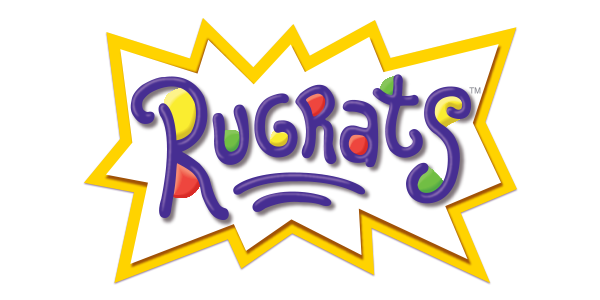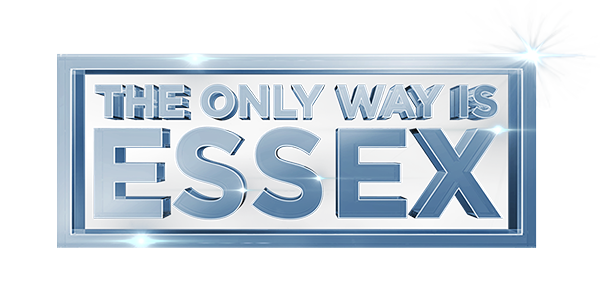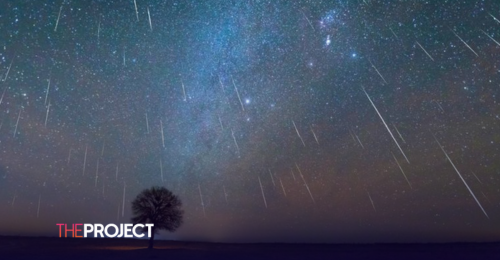The Geminid meteor shower, which occurs annually, is a favourite among stargazers due to its high meteor count and bright, colourful meteors.
The shower emerges from the constellation Gemini - hence the name "Geminid", which is in the north of Australia's night sky.
It's caused by the passing of the asteroid 3200 Phaethon, and the "shooting stars" that meteor showers appear to be, are actually bits of debris from the asteroid, burning up in Earth's atmosphere.
Touching on tonight's meteor shower, astrophysicist Dr Laura Driessen from the University of Sydney told Cosmos that "It's usually the best and brightest one of the year,"
"Rather than leftovers from a comet, it's leftovers from an asteroid. So, they're nice, big pieces that are nice and bright."
The astrologist also says you won't need any special equipment to view the show.
"It's actually probably better not to because meteors can sort of happen anywhere. So, if you've got your binoculars out, you're probably looking at two smaller little spots in the sky. So, you're more likely to miss things."
"It's better to get a nice deck chair, sit outside and sort of look in the general direction, and then you're more likely to catch things."
The Geminid meteor shower passes through Earth every year around mid-December, but this year the shower also coincides with a full moon.
"Tonight, and into tomorrow morning, the moon is going to be pretty bright, which is a bit of a problem," Driessen says.
Speaking with Weatherzone, Astronomer Andrew Jacob said there were still optimal viewing times.
"There is a short window of about half an hour between moonset and the start of dawn," he said.
"Viewing during that brief window provides the best opportunity to see the meteors." Moonset on the morning of December 14 in our capitals is as follows (all times are local): Sydney: 3.59am
Melbourne: 4.12am
Brisbane: 3.08am
Adelaide: 4.17am
Perth: 3.30am
Hobart: 3.45am
Darwin: 4.43am
Canberra: 4.03am
Happy stargazing!





























